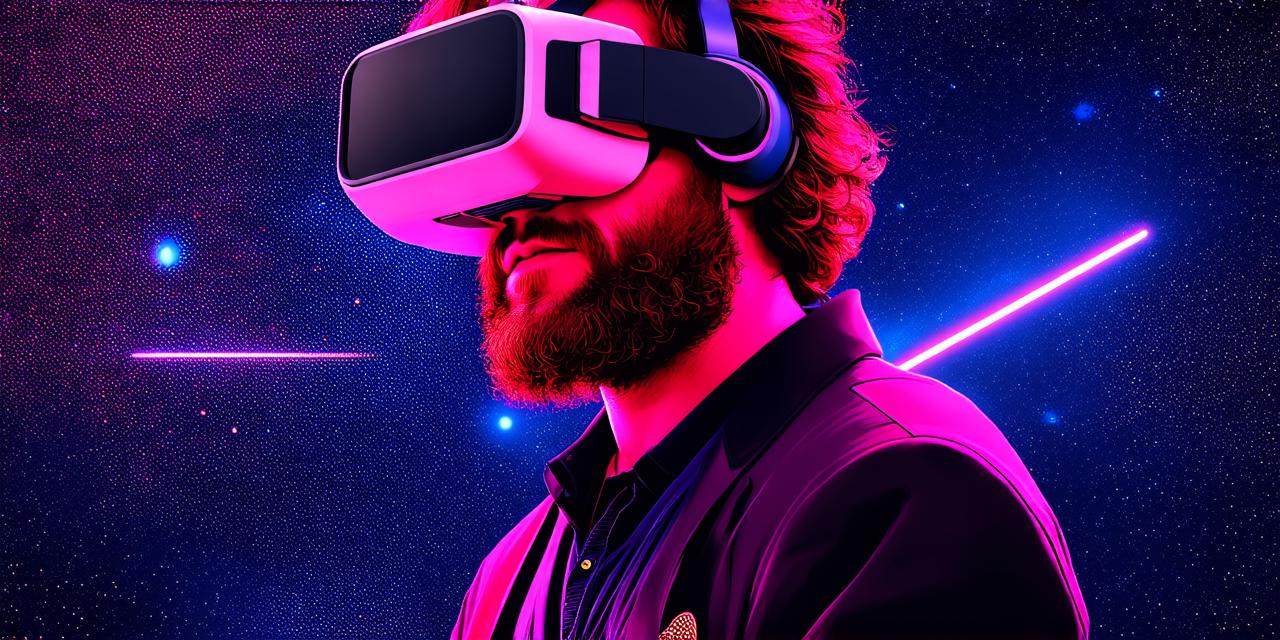A Brief History of Virtual Reality
The concept of virtual reality can be traced back to the 1960s when computer scientists and engineers began experimenting with immersive technologies. One of the earliest examples of VR was the “Sword of Damocles,” created by Ivan Sutherland in 1968.
In the 1970s, VR technology began to advance rapidly as researchers developed more sophisticated HMDs and input devices. One of the most influential figures in this era was Jaron Lanier, who coined the term “virtual reality” in his 1983 book “Virtual Reality: A New Field of Art and Science.”
In the 1990s, VR technology began to gain widespread attention as companies like Sega, Atari, and Nintendo released consumer-friendly systems. However, these early systems were limited by their high cost, bulky hardware, and limited content.
The Turning Point: Oculus Rift and HTC Vive
In 2012, two companies revolutionized the VR industry with the launch of their groundbreaking systems: the Oculus Rift and the HTC Vive. These systems used advanced hardware and software to create highly immersive environments that felt almost like the real world.
The Oculus Rift was developed by Palmer Luckey, a young entrepreneur who had been working on VR technology since he was a teenager. Luckey’s system used a revolutionary new display technology called “time-multiplexed” displays, which allowed for smoother and more realistic motion tracking.
The HTC Vive was developed by Michael Cheng and David Chen, who had previously worked on the popular web browser Mozilla Firefox. Their system used a unique “room-scale” design that created a virtual environment that filled the user’s entire room, allowing for even greater immersion.
Both systems quickly gained popularity among early adopters, and in 2014, Facebook acquired Oculus VR for $2 billion, further legitimizing the potential of VR as a mainstream technology.
Who is Credited with Creating the Concept of VR?
While there have been many pioneers who have contributed to the development of virtual reality, one figure stands out as the true father of VR: Ivan Sutherland.
Sutherland was a computer scientist at the Massachusetts Institute of Technology (MIT) in the 1960s when he created the first prototype of the “Sword of Damocles” system. This system used a head-mounted display to track the user’s movements and project a virtual environment onto the ground below.
Sutherland’s work was not only groundbreaking at the time, but it also paved the way for future VR technologies. His contributions to the field have been recognized with numerous awards and honors.
In addition to Sutherland, there are several other pioneers who should be credited with advancing the field of VR.

